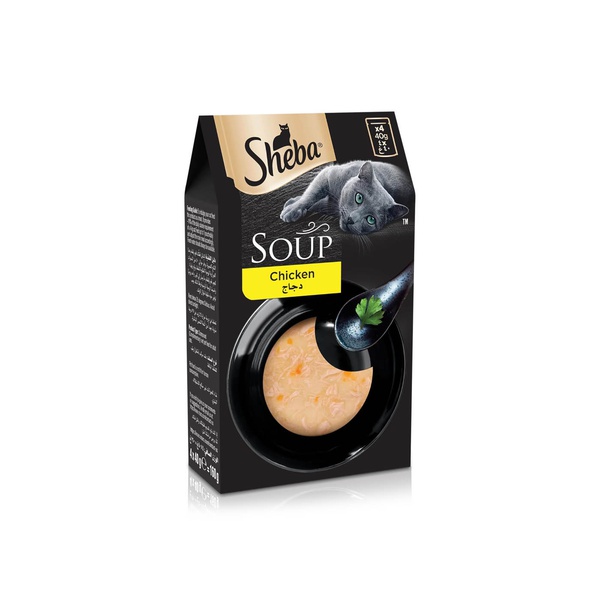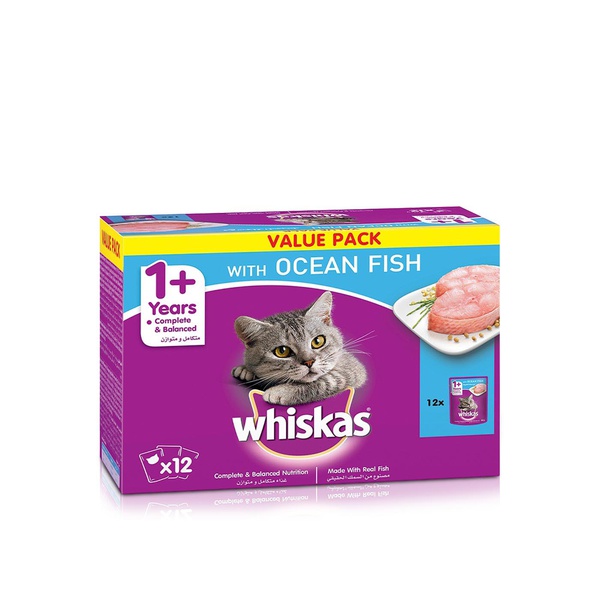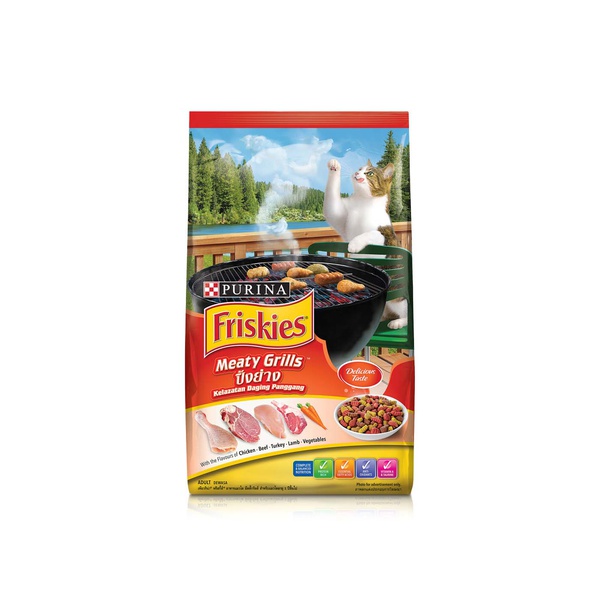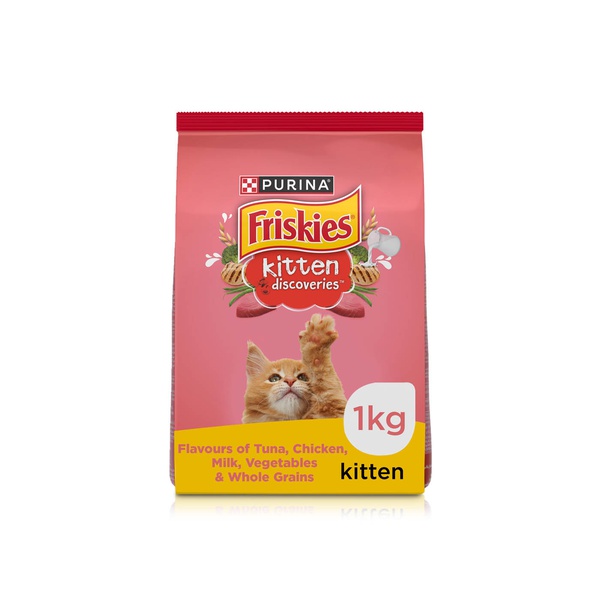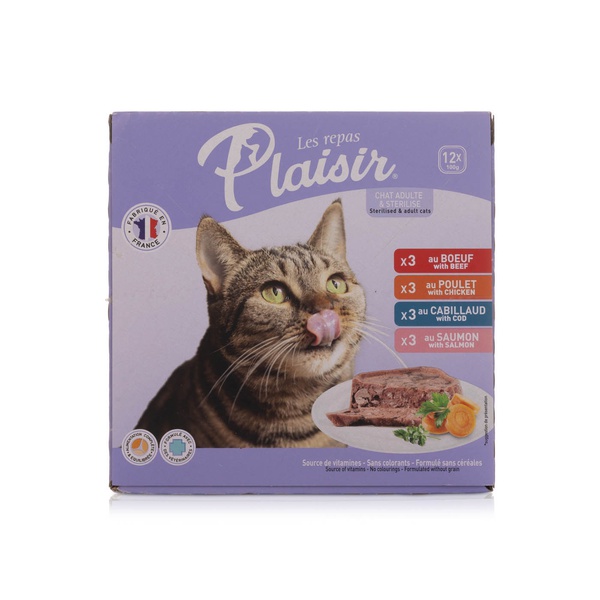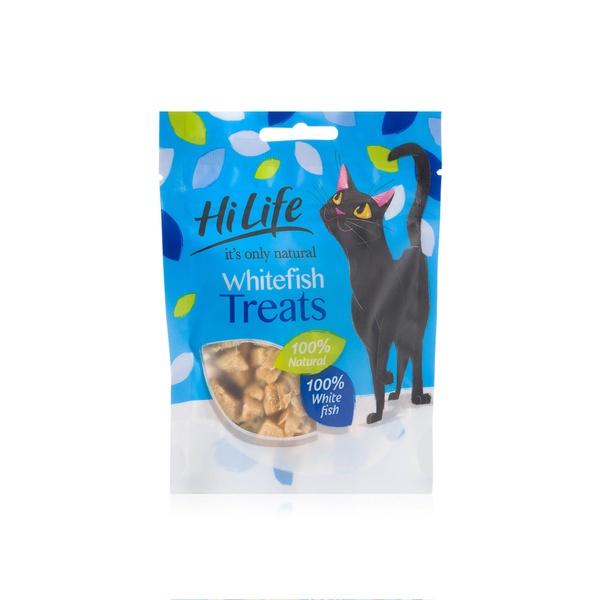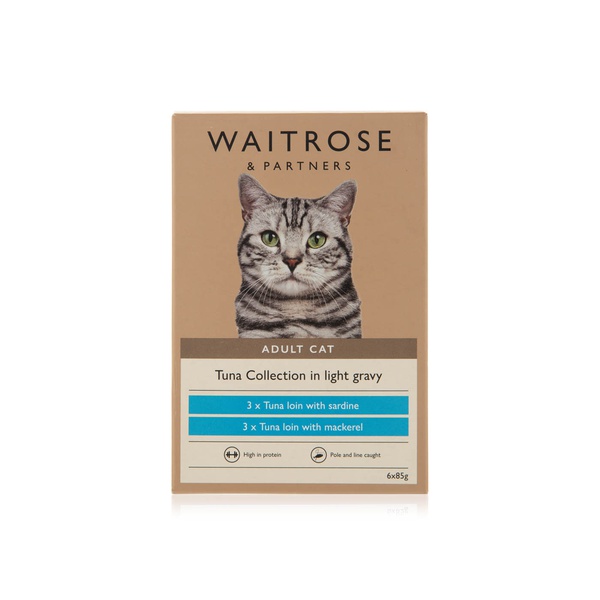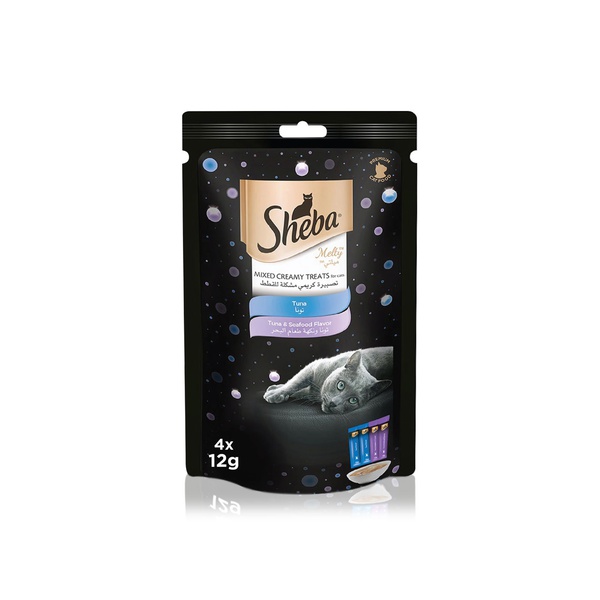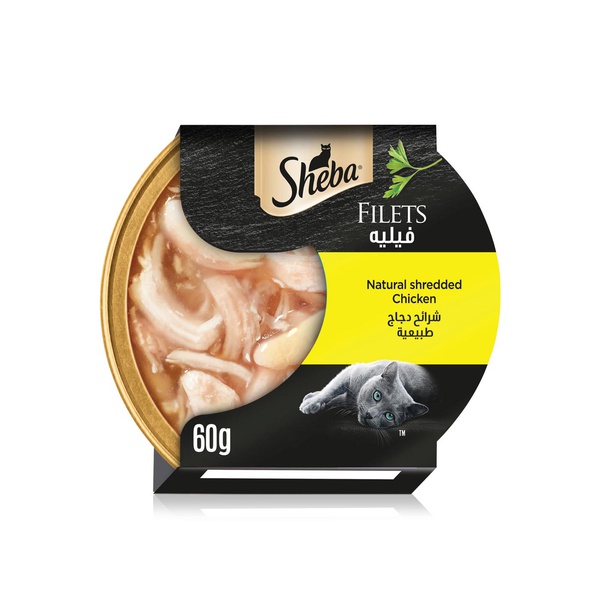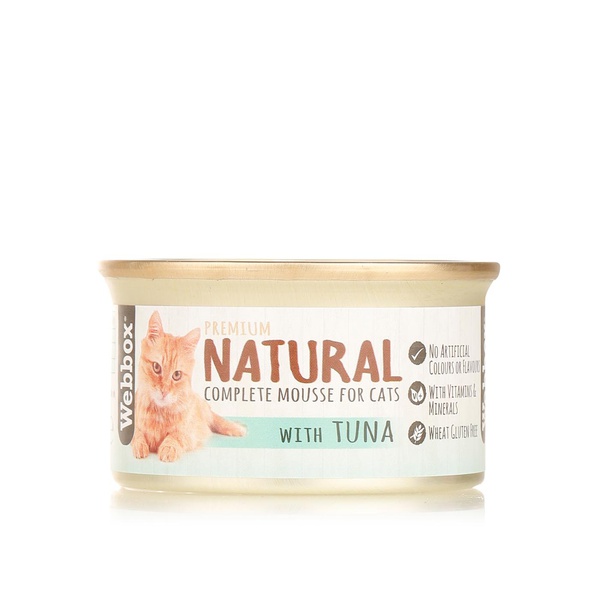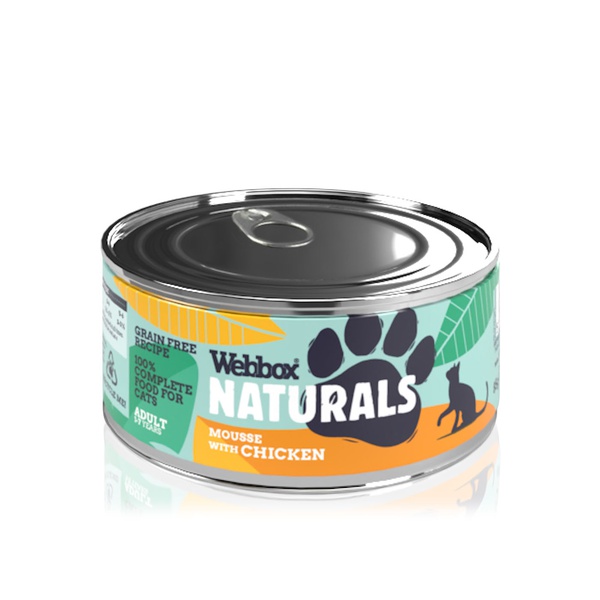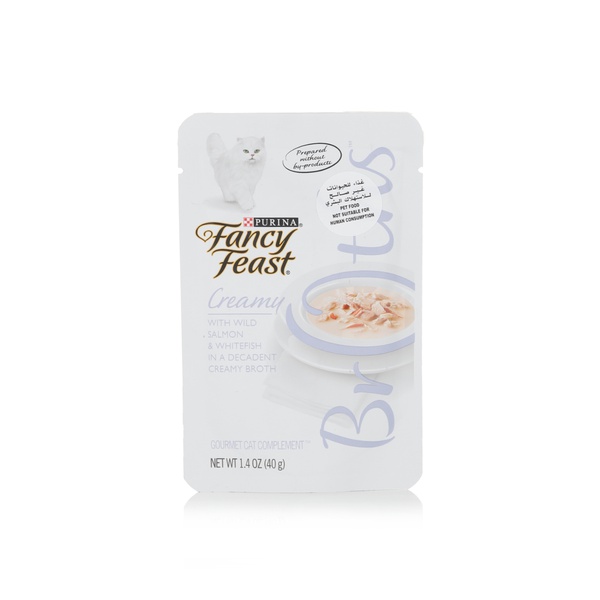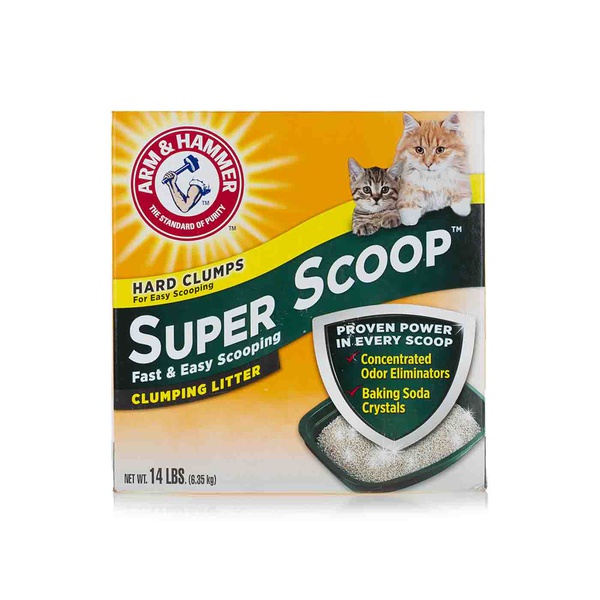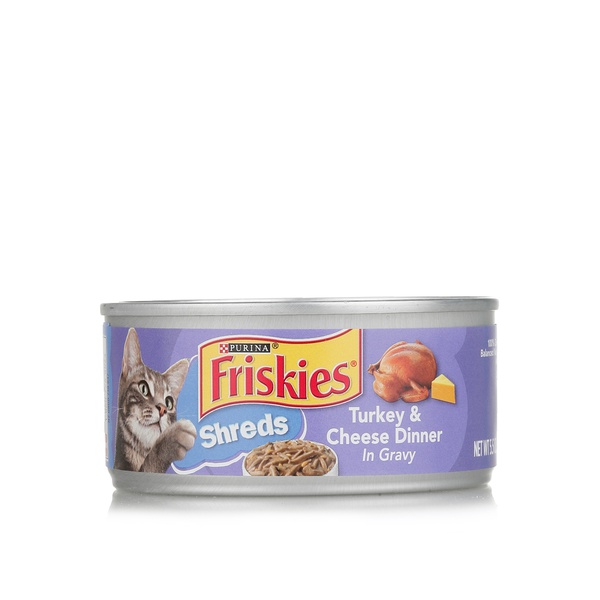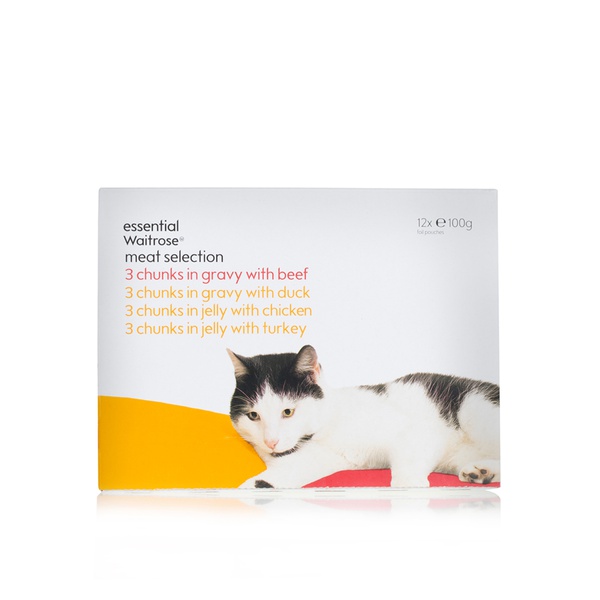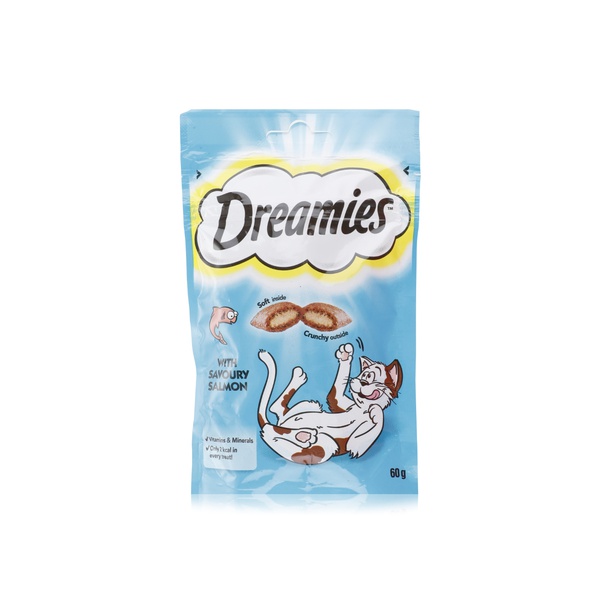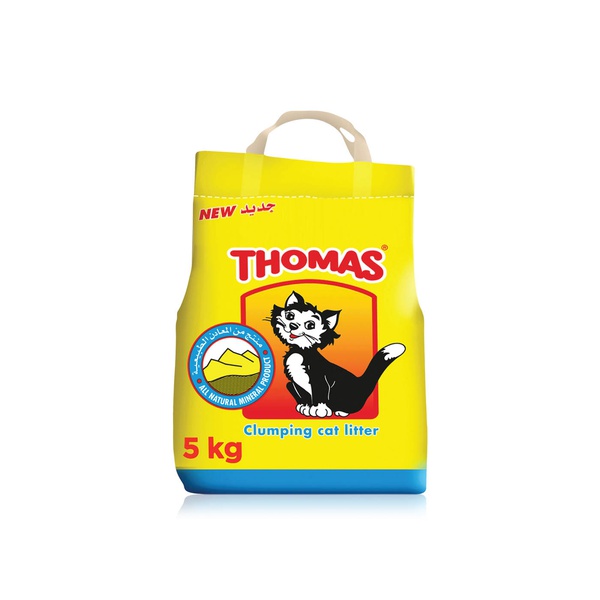Kitty Nutrition
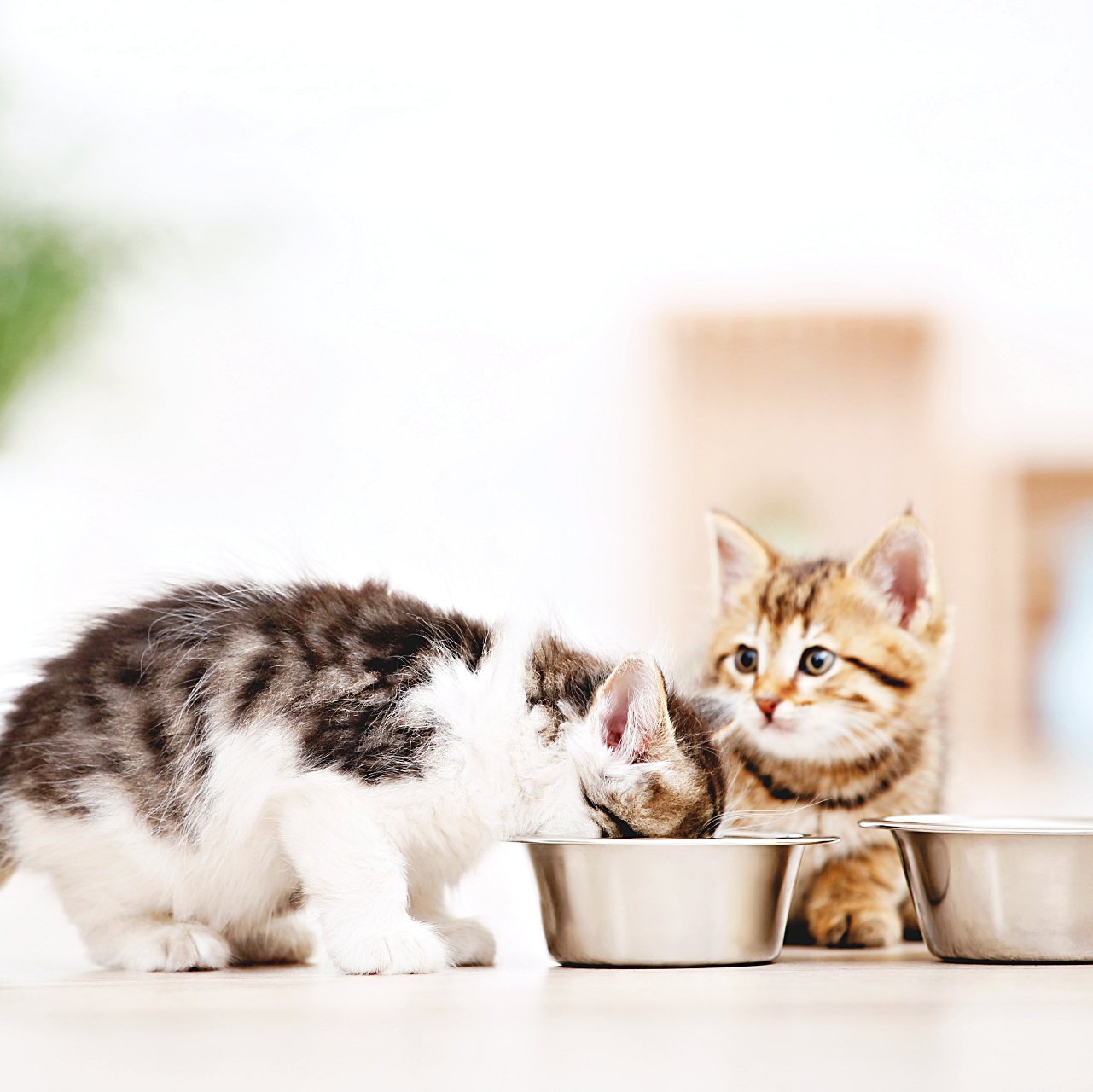
Playing paw-hockey with stray dirham coins, hunting rogue slippers and chewing through your headphone cable; our cats live a wild life, but that doesn’t mean that their diets have to be tame. Far from it, as a full and varied daily feeding will help keep your tabby topped up with nutrients, leading to a long and happy life, free from unhappy visits to the vet. Sounds obvious, but it’s only recently that we’ve begun to learn more about feline nutrition and we as cat owners may have picked up a few bad habits along the way.
Learning from our parents
In the same way kittens are taught how to hunt by their Mommas, we too learned how to feed our cats from Mom ‘n’ Pops, who in turn picked up some really bad ideas from their parents.
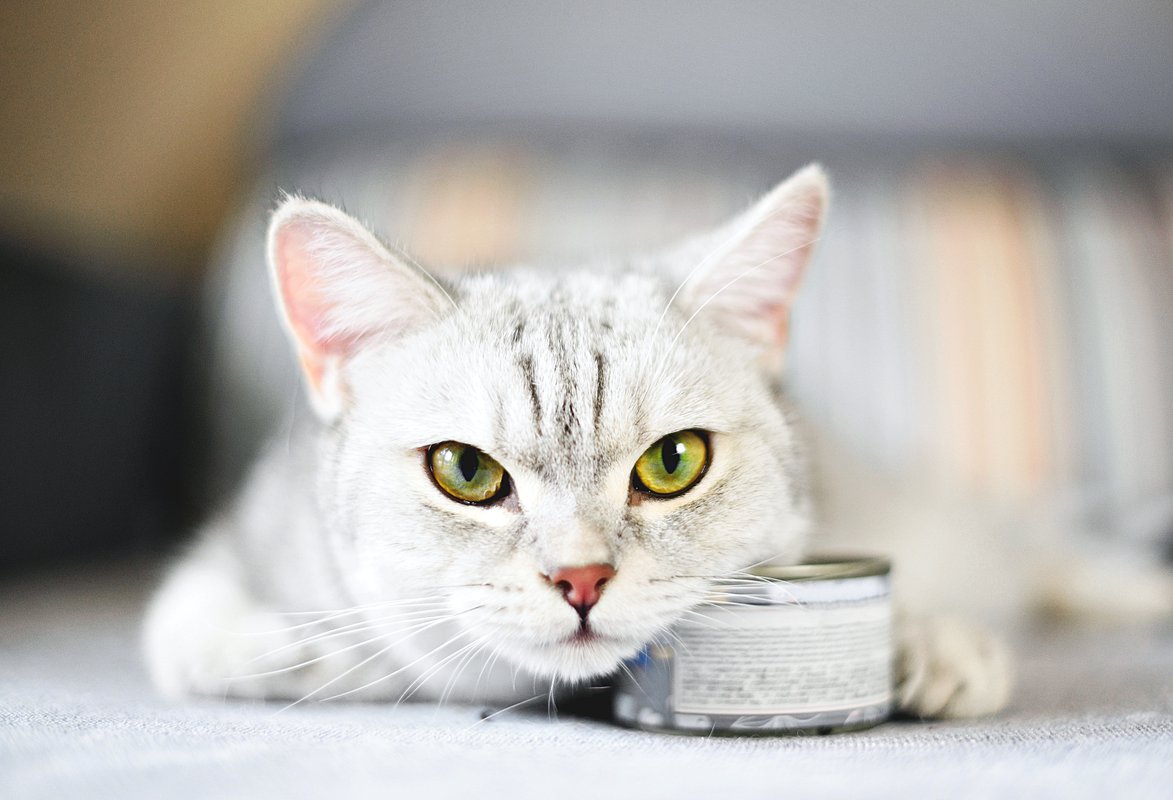
Back in the 1940s, the family cat would’ve started her day with a bowl of porridge, or brown bread soaked in warm milk. It was most likely a real treat in those days, but now, thanks to modern research, we’re aware that most cats are lactose intolerant and giving them cow’s milk can lead to a number of nasty health issues. Even Momma cats wean their kittens off milk and onto meat as early as eight weeks. Cats should only be given water to drink and the rest of their hydration should come from juicy, moist and tasty wet canned, or pouched food.
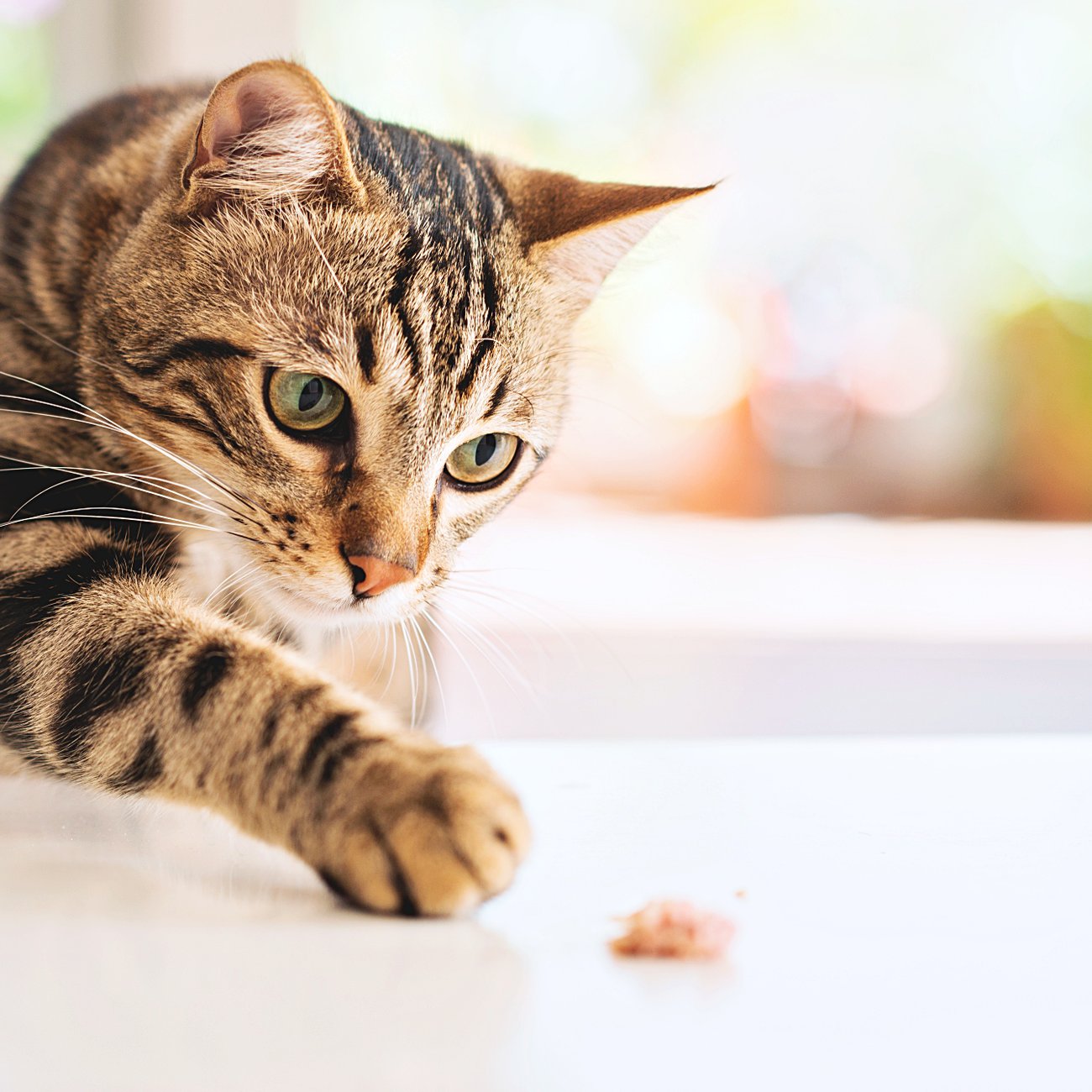
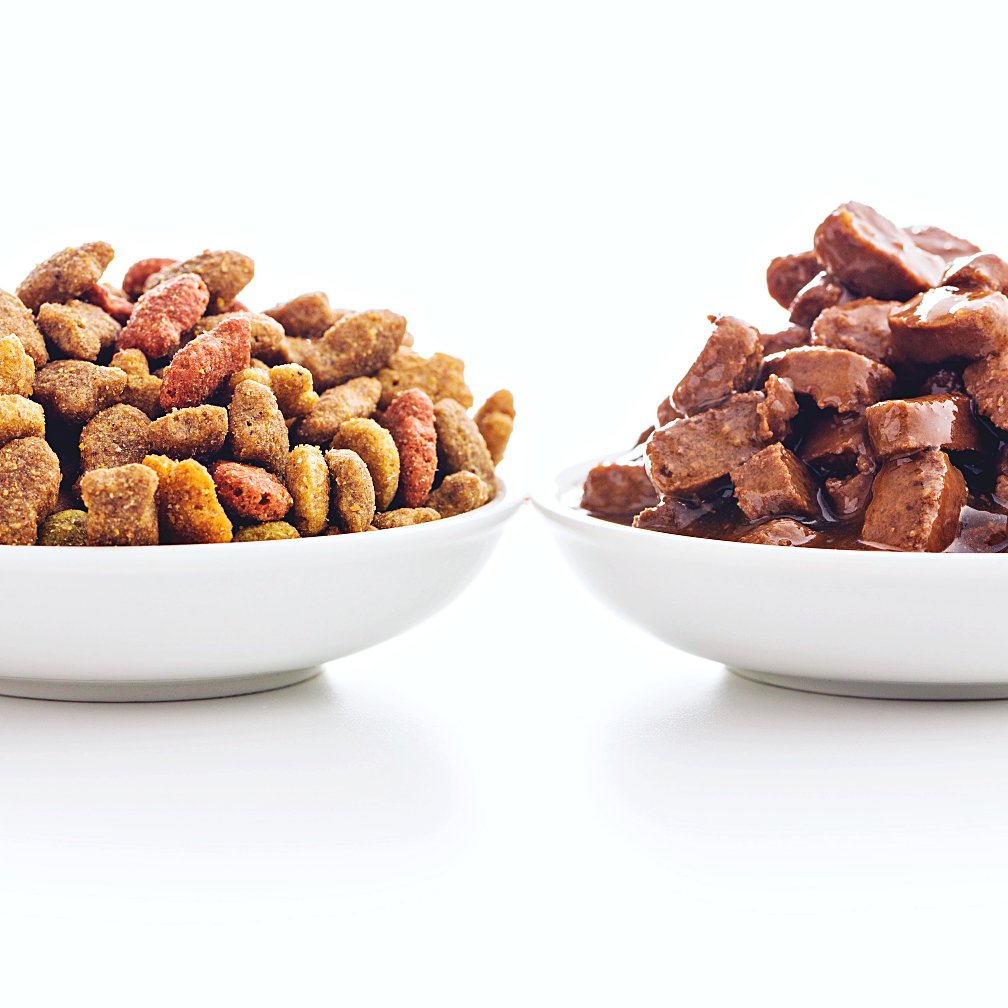
Mix it up at mealtime
It’s so easy to find your kitty’s favourite food and then stick with it, often for months, or in some cases years. But, for a happy, healthy cat it is best to mix it up at mealtime as much as possible, not just changing flavours, but also alternating between wet and dry foods, with the odd cat treat in between.
Modern cats can be quite fussy eaters and will often turn their noses up at new recipes, food types and even textures. Many cats actually prefer dry biscuits over canned wet food (my two rescue cats included), but feeding them the same dry dinner, day in, day out is not recommended as your feline will be missing out on valuable nutrients.
The best way to give your cat a balanced diet is to copy your own daily eating routine. Start your fur babies off with a hearty, meat-based breakfast; something chunky, with plenty of animal protein, nutrients and vitamins.
For a mid-morning snack, throw a few semi-moist treats around the house. Cats love to hunt, so don’t make it easy for them. My two kitties love trying to claw treats from under the sofa or from beneath the corner of a rug.

Break out the dry food for lunch. Chewing these crunchy biscuits helps minimise plaque buildup on your cat’s teeth, which in turn, reduces the chances of them suffering from gum disease. It also keeps their teeth nice and sharp which is not good for your fingers, but great for chewing meaty chunks. Dry food can also be left in a bowl all day, allowing your cat to free feed whenever those hunger pangs surface.
For an afternoon treat, break out the cat treats again and maybe hide a few around your home – again because cats like to hunt. Only feed them a few though, as treats tend to be high in calories and fat cats are not healthy cats.
For dinner, reach for a single-serve tin of premium kitty food. The more exotic the better as it will be packed with good quality ingredients and plenty of nutrition.
Finally, a few treats before bedtime wont hurt and will hopefully keep your kitties quiet until breakfast.
Catclusion
Understanding your cat’s nutritional needs is a thoroughly rewarding experience. Swapping your cat from a restrictive dry diet to a varied mix will have an almost immediate effect both physically and psychologically. Your fur babies will have bags more energy, they’ll be more alert and inquisitive and they’re guaranteed to get super excited when it comes to feeding time. So, keep them guessing, feed them premium food (Waitrose only stocks quality cat chow) and prepare for endless head bumps, cheek rubs and belly tickles.
